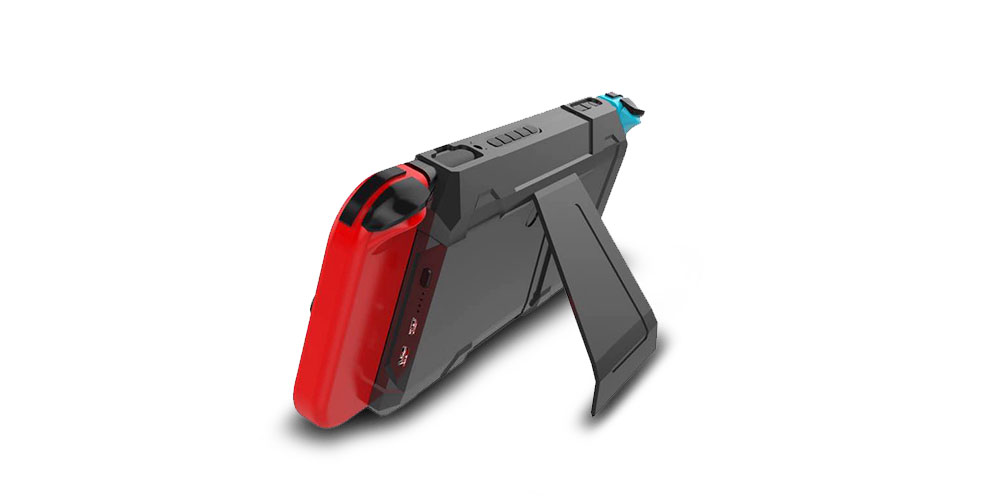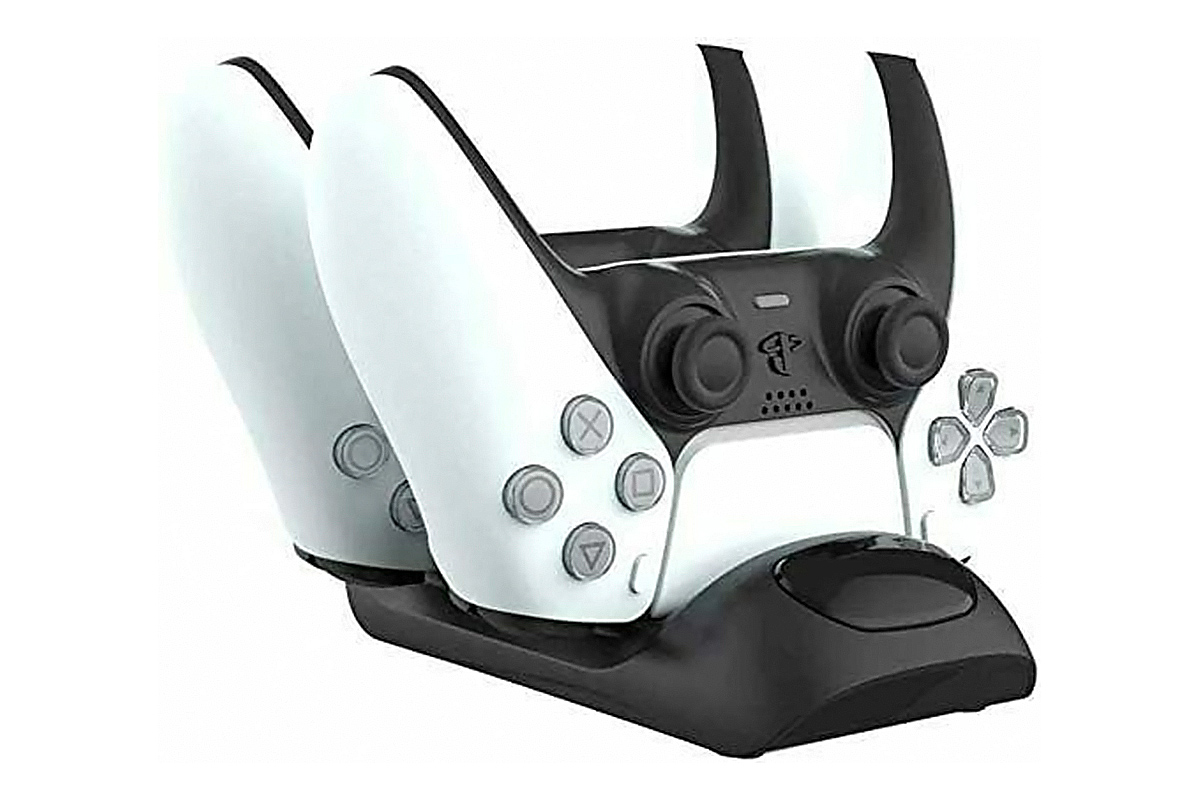
Another weekend is here, and we are just one week away from the biggest football game of the year. Get ready for the big game this year by purchasing a new high-quality 65-inch TV and enjoy the game in both 4K HD and with exceptional color.
Vizio M-Series M65Q8-H1 65-Inch 4K HDR Quantum Smart TV ($648.00)
Vizio’s M65Q8-H1 TV is a offers a strong feature set relative to its price. The TV comes with built-in support for localized dimming zones. There are 90 of these zones in total, which enables the TV to darken or brighten different portions of the screen to produce deeper blacks and brighter colors in separate parts of the screen at the same time. This along with Quantum Dot color makes this an excellent option for watching TV and movies. For a limited time, you can get this TV marked down from $778.00 to just $648.00 from Walmart.
Apple iPad 8th Gen 32GB 10.2-Inch WiFi Tablet ($299.99)
Apple’s newest iPad is significantly faster than the older 7th Gen model. The new 8th Gen model comes equipped with the company’s A12 Bionic SoC that first appeared inside of the iPhone XS, and this chip far outstrips the A10 SoC in the older 7th Gen tablets. The 8th Gen tablet also has a slightly higher resolution screen and is in general an all-around enhanced version of its predecessor. Amazon is currently selling these new tablets marked down from $329.99 to just $299.99.
Dell G7 15 Intel Core i7-10750H 4K OLED 15.6-Inch Gaming Laptop w/ Nvidia GeForce RTX 2070 Max-Q GPU, 32GB DDR4 RAM and 1TB NVMe SSD ($1,493.99)
Dell’s G7 15 gaming laptop has an Intel Core i7-10750H processor paired with an Nvidia GeForce RTX 2070 Max-Q graphics card that together allow it to run modern games with ease. Dell designed the system with a dual-fan thermal solution that uses four heatpipes to keep the CPU and GPU cool. The system comes with a fast 1TB NVMe SSD pre-installed, and Dell also equipped this system with a 4K OLED display. You can get this system as configured from Dell marked down from $2,084.99 to just $1,493.99.
Crucial P5 500GB NVMe SSD ($59.99)
This affordable SSD from Crucial can hold up to 500GB of data. It can also transfer data at a fast rate of up to 3,400MB/s, which helps to boot Windows and get your files loaded with exceptional speed. These drives typically retail for $79.99 but you can get one now from Amazon for just $59.99.
Featured Deals
- Vizio M-Series 65-Inch M65Q8-H1 4K HDR Quantum Smart TV for $648.00 from Walmart (List price $778.00)
- Apple iPad 8th Gen 32GB 10.2-Inch WiFi Tablet for $299.00 from Amazon (List price $329.00)
- Dell G7 15 Intel Core i7-10750H 4K OLED 15.6-Inch Gaming Laptop w/ Nvidia GeForce RTX 2070 Max-Q GPU, 32GB DDR4 RAM and 1TB NVMe SSD for $1,493.99 from Dell (List price $2,084.99)
- Crucial P5 500GB NVMe SSD for $59.99 from Amazon (List price $79.99)
- Alienware Aurora R10 Ryzen Edition AMD Ryzen 7 3800X 8-Core Gaming Desktop with RTX 2080 SUPER, 16GB RAM, 1TB NVMe SSD for $1,799.99 from Dell (List price $2,319.98)
- Samsung LC27F398FWNXZA Curved 27-Inch 1080p FreeSync Monitor for $169.99 from Amazon (List price $219.99)
- Apple MacBook Pro Intel Core i7 16-Inch Laptop w/ AMD Radeon Pro 5300M GPU, 16GB RAM and 512GB SSD for $2,099.00 from Amazon (List price $2,399.00)
- Eufy RoboVac 15C Max Robot Vacuum for $209.99 from Amazon w/ clickable coupon (List price $279.99)
- Hisense 55H8G 55-Inch Quantum 4K Android ULED Smart TV $479.99 from Amazon (List price $599.99)
- Acer Nitro XV272U Pbmiipzrx 27-Inch 2K 144Hz IPS G-Sync Monitor for $299.99 from Amazon (List price $449.99)
Note: Terms and conditions apply. See the relevant retail sites for more information. For more great deals, go to our partners at TechBargains.com.
Now read:
- Learn How To Code With Python For Less Than $40
- ET Deals: $520 Off Alienware Aurora AMD Ryzen 7 and Nvidia RTX 2080 Super Gaming Desktop, Samsung C27F398 27-Inch Curved Monitor for $169
- Check Out These PS5, Xbox, and Nintendo Switch Accessories On Sale For Up To 60 Percent Off
from ExtremeTechExtremeTech https://ift.tt/3tbXg5l
















































